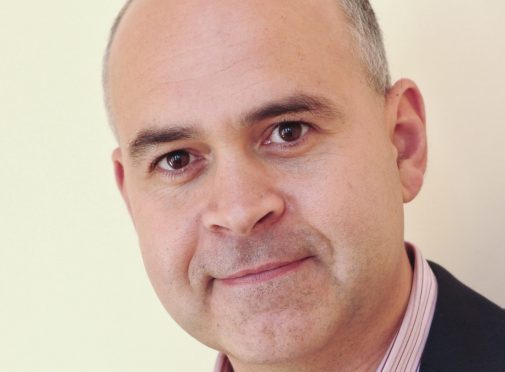Tight deadlines, too much responsibility, a heavy workload coupled with lack of support.
If that sounds familiar, you may be among the nearly 600,000 UK workers suffering from work-related stress, depression and anxiety every year.
It’s a huge problem for the Scottish and the UK economy; and it is something that impacts our lives far beyond work. In fact, stress accounts for 44% of work-related ill health and loses the UK economy more than 15 million work days each year.
Many stressed workers complain about headaches, trouble sleeping, stomach pains, irritability and difficulty concentrating. Long-term effects can include anxiety and high blood pressure.
Imagine the savings businesses could make by reducing the impact stress has on their workforce. Perhaps more importantly, less stressed employees would likely be happier in their jobs and therefore be more productive. Reducing stress creates a win-win situation for both sides.
Whilst it’s easy to feel overwhelmed and approach your supervisor with a list of complaints, this is not the most constructive strategy. Instead, it’s worth entering this conversation armed not only with problems but also with potential solutions. Your employer will find it much easier to implement your suggestions more quickly as opposed to having to research them first.
Apart from speaking to your supervisor, you may find support from co-workers, and it is worth looking as stress-relievers outside of work. These may include taking more exercise, improving your sleep routine as well as making time for friends and hobbies.
Most employers do understand that a less stressed employee is more productive. Stress at work is, however, a two-way street and just because someone owns the business doesn’t mean they are exempt from feeling the pressure of rising stress levels. For either party, it may be hard to take that step back and have a constructive conversation once their stress levels really have got the better of them.
In this situation, professional help may be needed to help reduce and manage stress levels to a point where you can think clearly again, making it possible to find solutions. Cognitive behavioural therapy (CBT), counselling and mindfulness-based talking therapies are all very effective when it comes to treating stress with confidence and ease in the long term. What’s more, approaching work-related stress in a constructive way will help prevent it taking over in the future.
Professor Ewan Gillon is a Chartered Psychologist and Clinical Director at First Psychology Scotland with centres in Aberdeen, Inverness, Perth, Dundee, Edinburgh, Glasgow and Borders.










